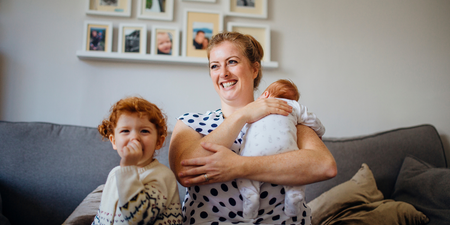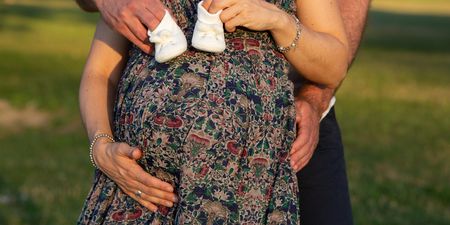The placenta and with it, the umbilical cord, is a truly amazing organ.
The only, as it happens, transient organ in the body (meaning it grows, then leaves), belonging to both the mother and the fetus.
Growing in the uterus and hooking into mum’s body, the placenta is able to provide the fetus with oxygen, blood, and nutrients.
In fact, the placenta is several organs in one. It acts as the baby’s lungs by providing oxygen from the mother, as its kidneys by filtering out waste product, and as its gastrointestinal and immune system by delivering nutrients and antibodies.
The umbilical cord is a narrow tube-like structure that connects the developing baby to the placenta, and acts as baby’s 1supply line,’ carrying the baby’s blood back and forth. The cord consists of one vein that carries blood rich in oxygen and nutrients from you to your baby, and two arteries that return deoxygenated blood and waste products, such as carbon dioxide, from your baby back to the placenta.
Towards the end of the pregnancy, the placenta also passes antibodies through the umbilical cord from you to your baby. These give your baby immunity from infections for about three to six months after birth.
Although there is much debate surrounding the optimal time to clamp the umbilical cord after delivery, a new study has now come out in support of WHO’s findings that suggest that late cord clamping (one to three minutes after delivery or longer) is recommended for all births.
“A life-saving boost to the baby’s immune system”
Previously, the lack of research in the past has meant that for many years, standard care during the delivery of the placenta has been to clamp the umbilical cord immediately after birth (10 – 30 seconds). However, researchers are now saying that by delaying cord clamping by just two minutes, you will allow the full amount of stem cell-rich blood to flow from mother to child after the delivery and give a life-saving boost to the baby’s immune system.
In fact, says Andrew Weeks, Professor of International Women’s Health at Liverpool University, of the latest study on the matter, delayed cord clamping could save the lives of as many as 1,500 premature babies a year.
RELATED ARTICLES
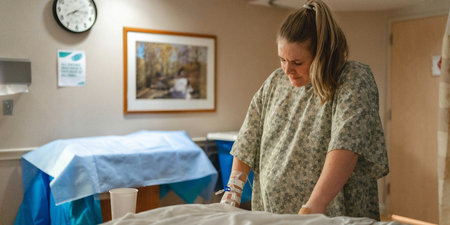





MORE FROM HerFamily




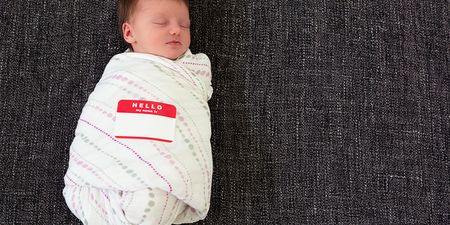









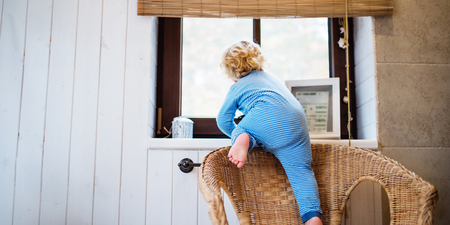









MORE FROM HerFamily


